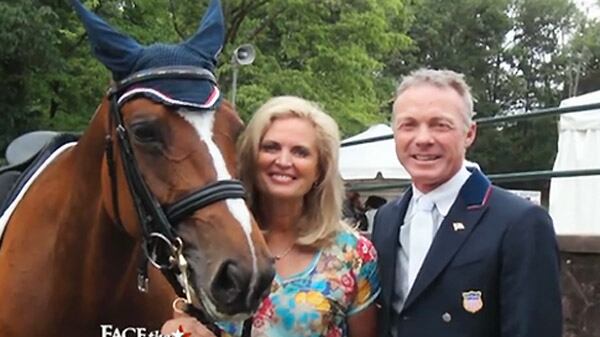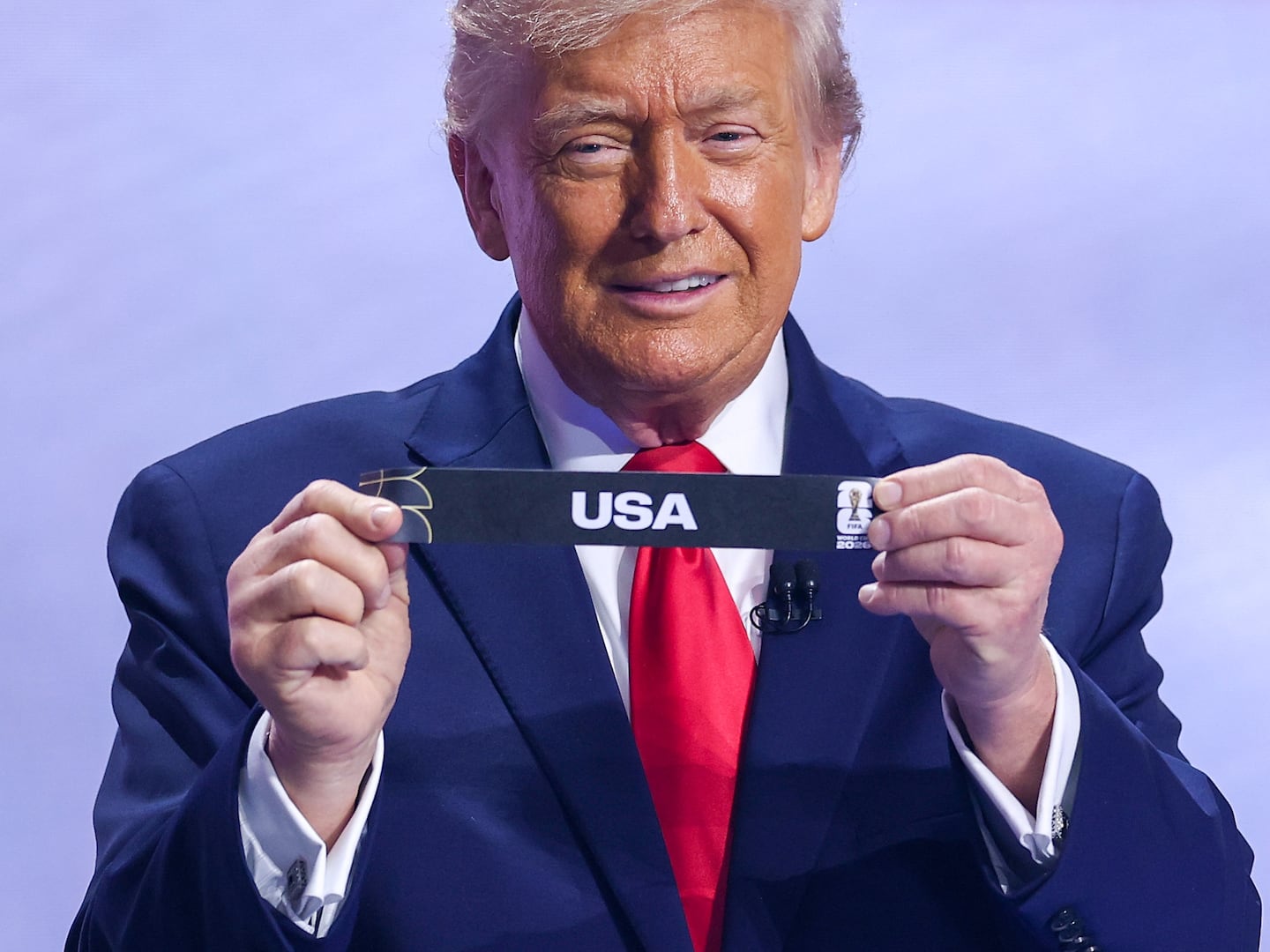After Ann Romney’s love for the expensive equestrian sport known as dressage caused a minor stir on the campaign trail, her connection to dressage is making waves once again. Rafalca, one of the horse’s Romney co-owns, and Jan Ebeling, Romney’s dressage trainer, will be heading to the London Olympics after taking third at the U.S. Equestrian Federation National Dressage Championships in Gladstone, N.J., over the weekend. The win was enough for Rafalca to take one of the five dressage spots on the U.S. Olympic team. The Daily Beast offers some history and details of the comparatively little-known sport.
History of dressage
The earliest mention of classical dressage came from the Greek general Xenophon (430–354 B.C.), who wrote that in training horses, great care must be taken for their well-being, and he was the first to write that a rider must win a horse’s willing cooperation and trust. His ideas were expanded upon in military equestrian training for centuries. The first time the “military test”—dressage, jumping, and eventing—was included in the Olympics was in 1912. But it continued to be an all-male and highly military sport until after the United States Cavalry was disbanded in 1948. After this, dressage became a more civilian sport, and the first women competed at the 1952 Olympics.
What is it exactly?
Sometimes described as “horse ballet,” dressage comes from a French word that literally means “training.” According to the United States Dressage Federation, the purpose of the sport is “to develop the horse’s natural athletic ability and willingness to work, making him calm, supple, and attentive to his rider.” Competitive dressage consists of nine progressive levels of training with a series of tests required to advance to a higher one. The highest level is the Grand Prix, which is practiced at the Olympics. A dressage competition takes place in an entirely flat and rectangular arena. Upon entering, the riders travel down a central line and then stop for a salute. During the salute, the horse must be completely still. The actual competition consists of the horse and rider completing a series of movements from memory. Movements like the walk, trot, and canter are included in all competitions. Twelve lettered markers are placed around the railing of the course, and they indicate where to start or finish a movement and where changes of pace should take place. Judges award each movement a score between 0 and 10, and whoever has the highest total score wins.

No talking during the competition
Riders must remain silent during the competition. If they speak or make any noises with their voices, they will automatically lose points. The horses are trained to respond to movements of the legs, whip, etc., so all communication between the rider and the horse must be done using these methods. That’s not the only strange way a rider can lose points. Saluting with a whip in his or her hands also will reduce the score. In British dressage, riders lose points if they do not wear light-colored gloves. Spectators are also asked to be as quiet as possible when watching.
Why do the horses start foaming at the mouth?
Often during dressage competitions, white foam will appear around a horse’s mouth. Although it can be jarring to the untrained observer, this is not a sign that the horse has a disease or that it is being mistreated. In fact, it is considered a good sign. The horse will release saliva when the jaw relaxes, so the foam is actually a signal that the horse is attentive, calm, and submissive, and many riders will choose not to wipe off the foam even if it forms before the competition gets underway.
The helmet debate
Until recently, riders at the highest levels of dressage competition wore top hats, which went well with their fancy riding boots and long dressage coats, but offered little in the way of protection from head injuries. Helmets are required only in equestrian sports that require jumping, and because dressage does not test jumping, helmets traditionally have not been required. But a series of high-profile accidents—including a 2010 incident that left Olympian Courtney King Dye unable to speak or use her right side—have caused a reexamination of the sport’s safety requirements. Helmets are now allowed in many competitions, and in the U.S., riders younger than age 18 are required to wear them in competition, and earlier this year, Canada issued a rule requiring riders at all levels of competition to wear protective headwear at all times.
How much does it cost?
There is a wide range in price for the horses, but they start at about $5,000. The upper end of the range is difficult to pinpoint, but the best-trained horses regularly cost hundreds of thousands of dollars and even seven figures. One dressage website describes the upper limit as “$250,000 to if you have to ask, you probably can’t afford it.” But there are added expenses associated with dressage, like boarding and training. The costs of exhibiting a horse on the international circuit can easily hit $200,000 per year. Romney and Ebeling reportedly bought horses when they were young, opting to do the training themselves, which made it less expensive. Still, one horse that Romney bought in 2003 cost roughly $100,000.





